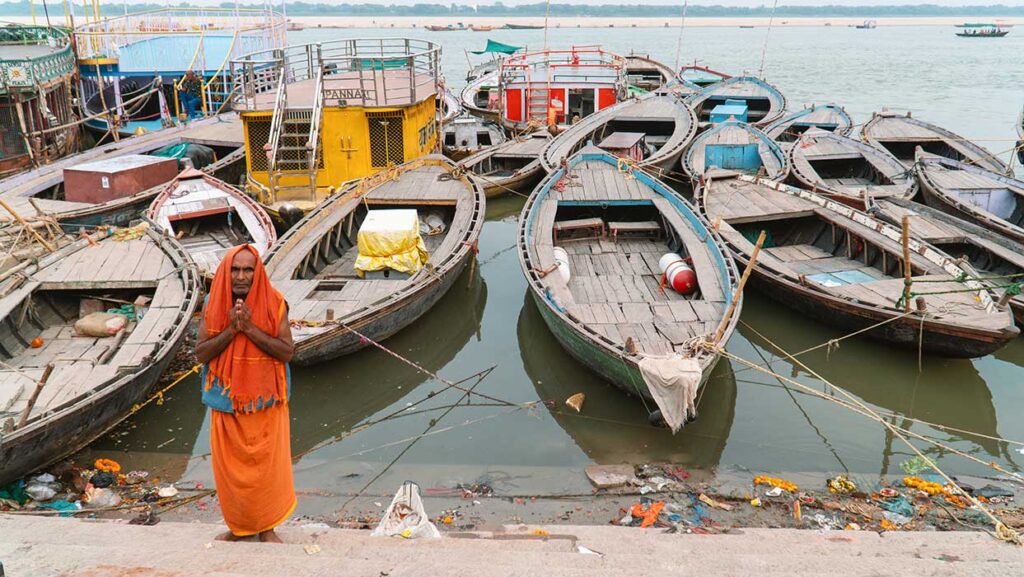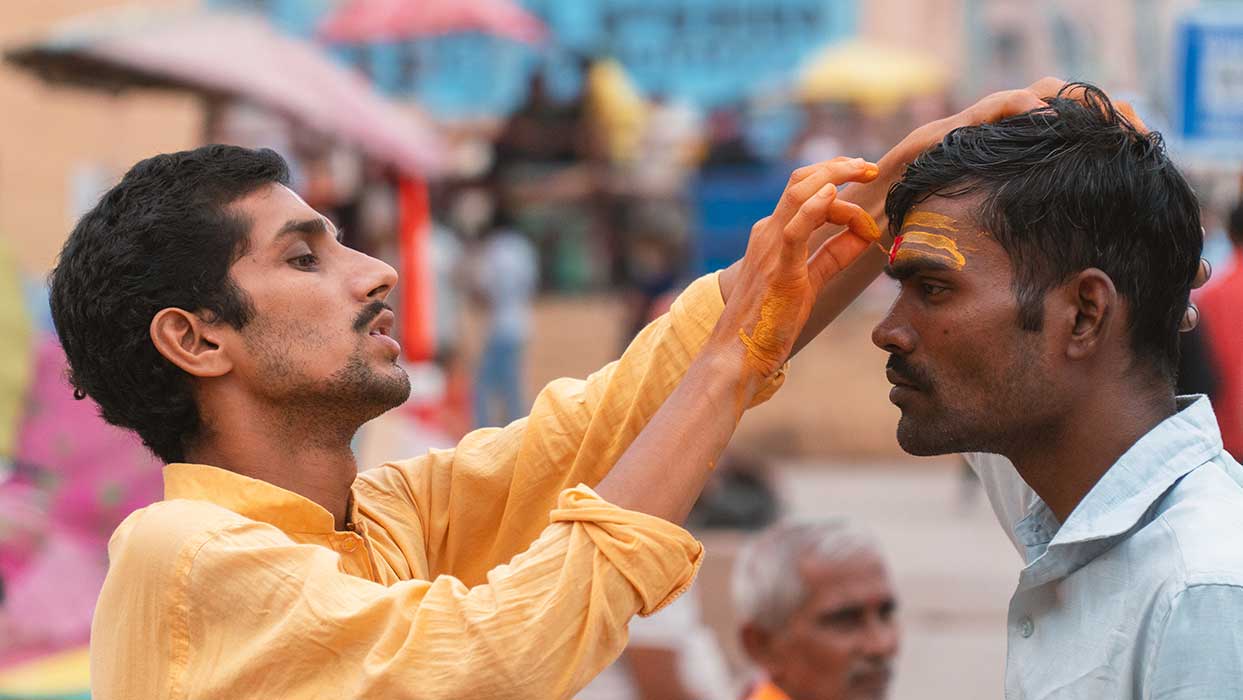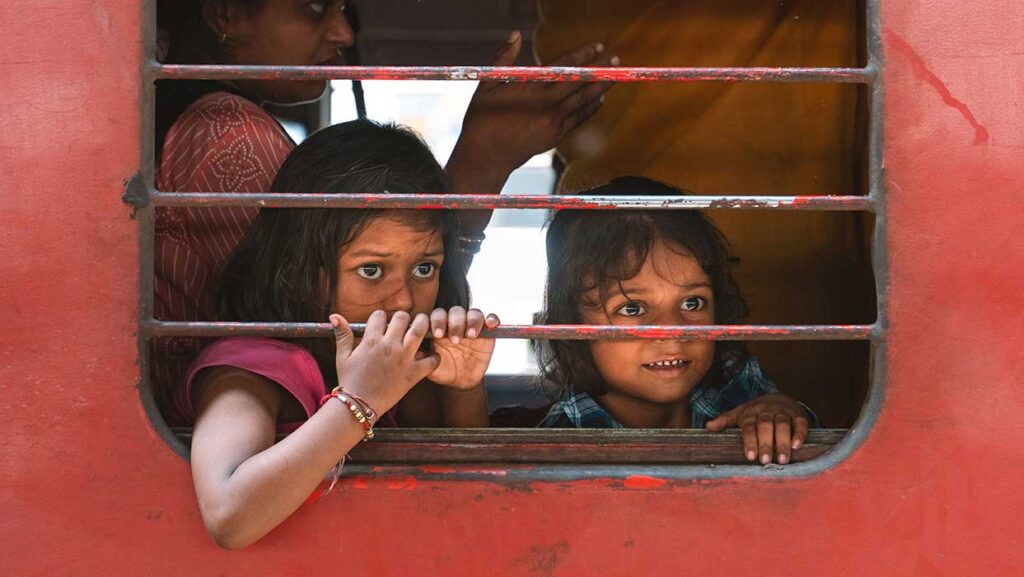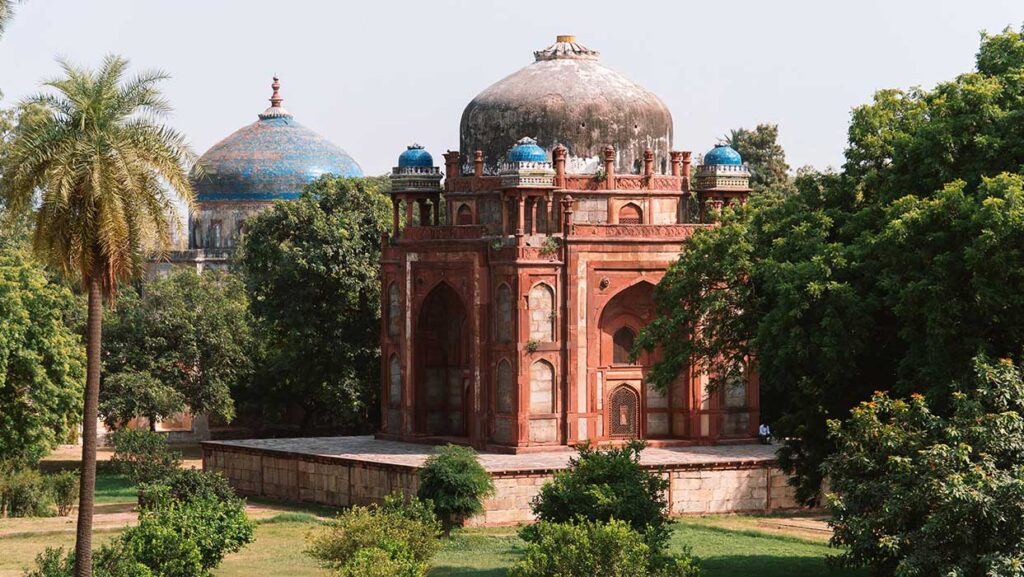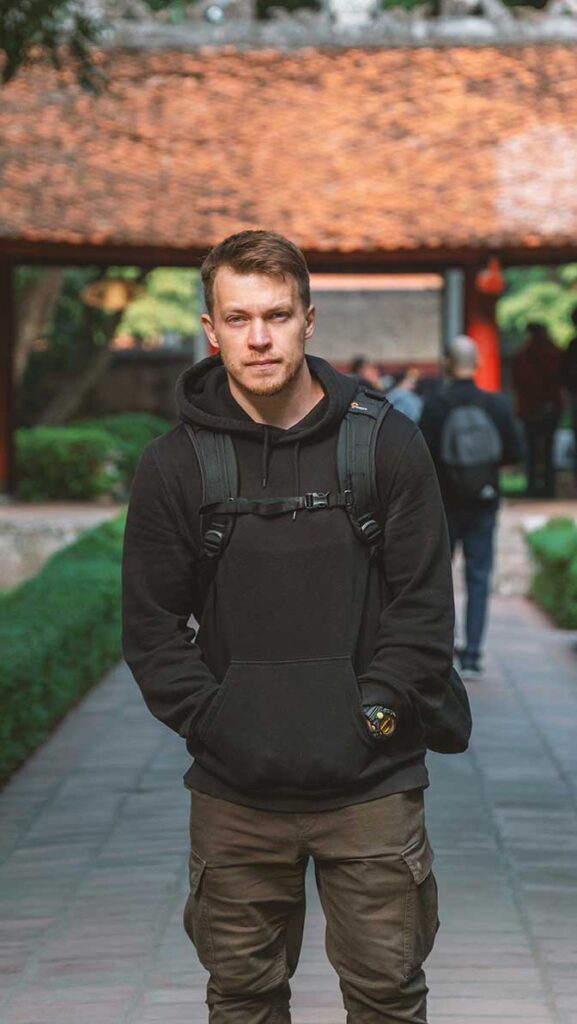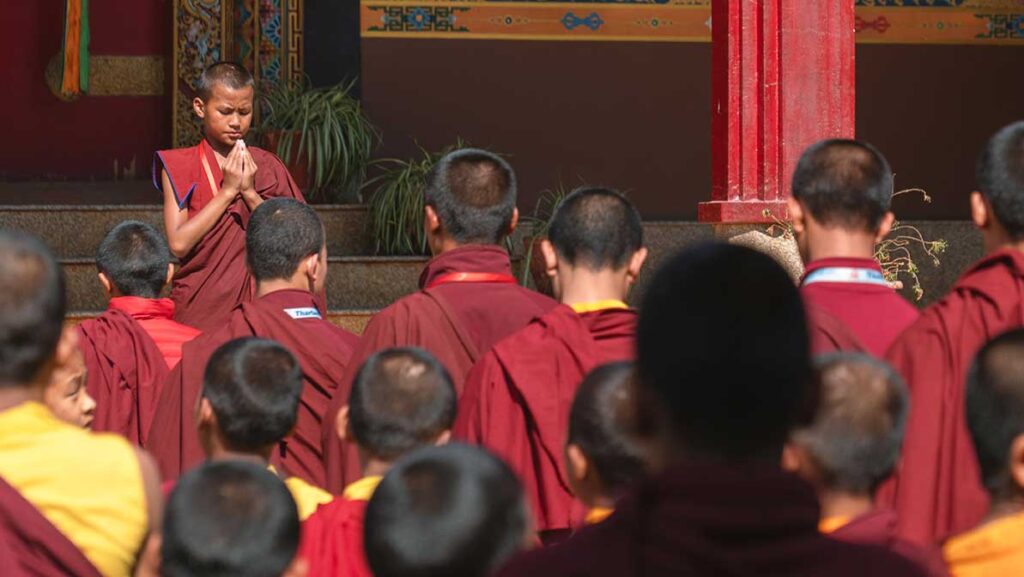
Fascinating Journey: Exploring India and Nepal
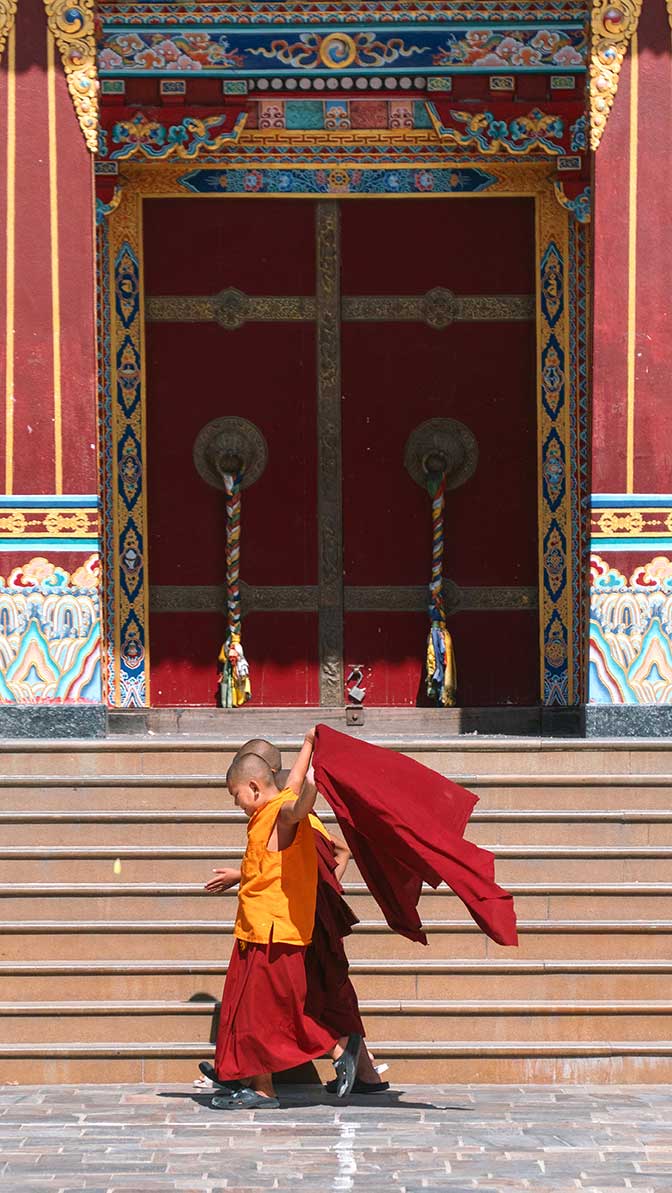
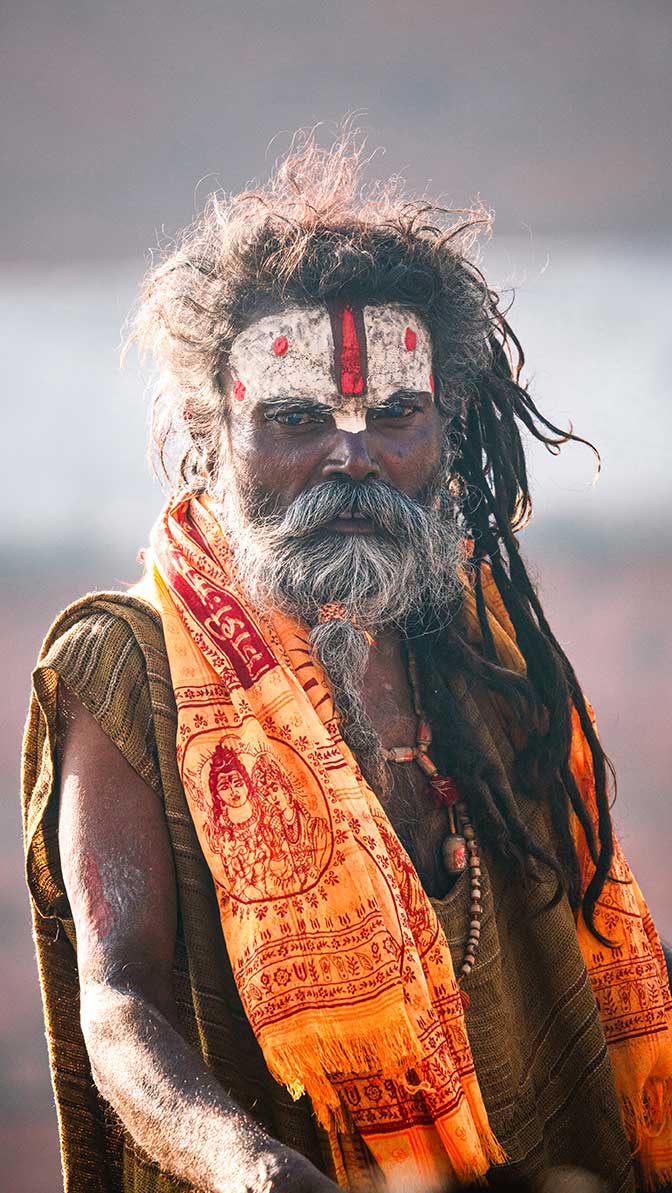
“Nepal and India can be discovered from various perspectives. This time, I aimed to observe how residents in large cities live.”
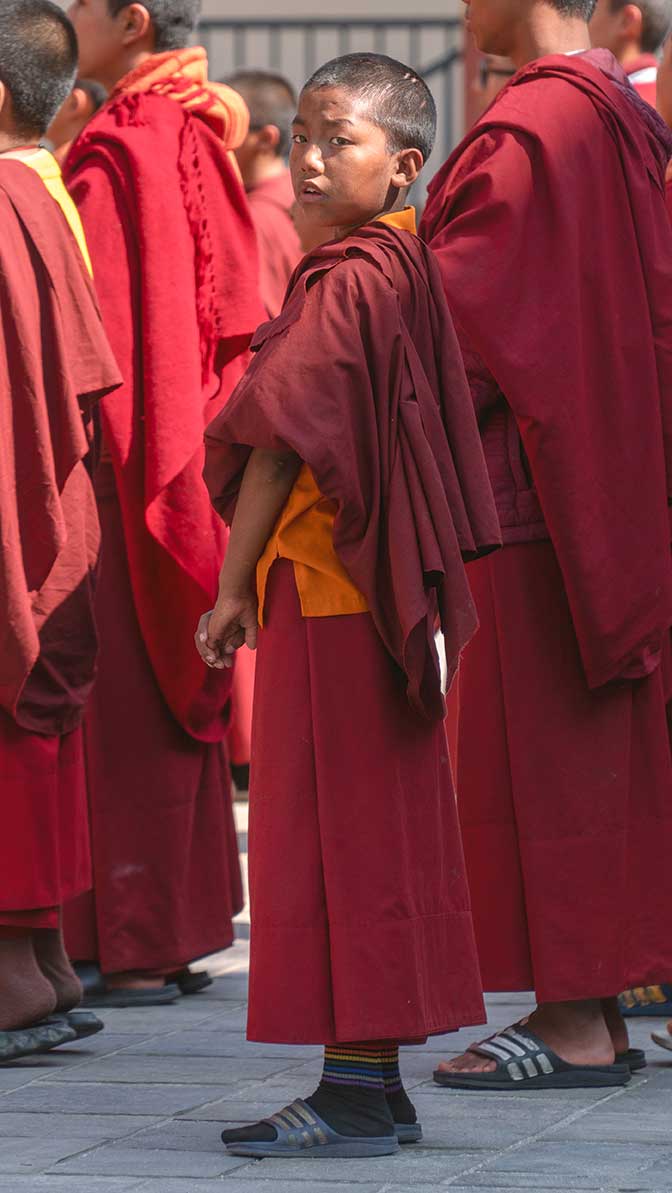
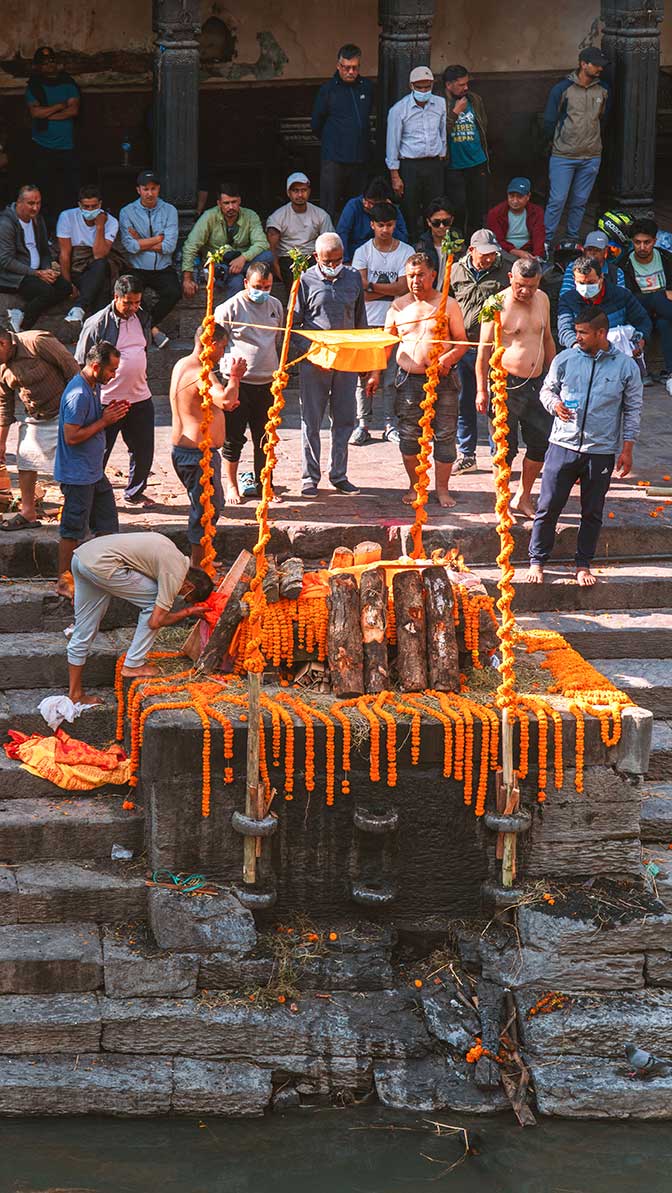
I started practicing photography over 5 years ago. My interests turned to extreme sports such as snowboarding, wakeboarding, and acrobatics.
As a photographer, I began capturing precisely in these directions. Over time, I became interested in portrait photography and found working with light and shadow fascinating. I learned retouching and studio work for about a year and a half.
In the winter of 2021 (when I worked as a photographer in a marketing agency), my first business trip to Tanzania changed everything.
For the first time, I interacted with tribes, photographed wild animals, and took pictures of people on the streets.
Since September 2022, I have traveled mainly across Europe and the Balkan countries. It became a challenge for me that life in these countries is quite measured and lacks excitement, significantly influencing photography.
So, in September 2023, I decided to embark on a significant journey through Asia. India became my first destination, and against the backdrop of Europe, I experienced a cultural shock. Sometimes, it was even uncomfortable to take out the camera. However, I believe that such trips compel us to overcome ourselves, face our fears, and develop, especially in reportage and documentary photography.
To this day, I continue to travel the world. Each time, I strive to stay not in touristy places but where locals live to have the opportunity to capture authentic moments and convey the life that people in each country are experiencing.
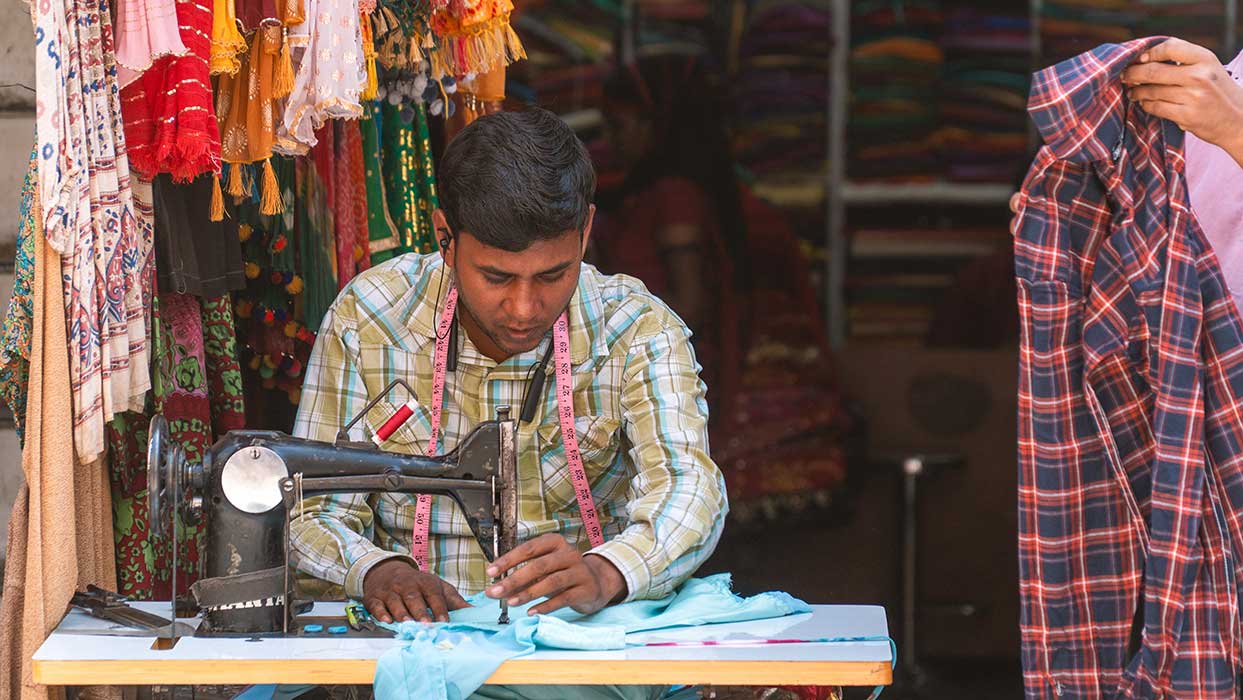
The country where mountain peaks rise above the clouds, where people seek tranquility and enlightenment behind the walls of Buddhist monasteries, where thousands of individuals challenge themselves every year, attempting to conquer the highest mountain on the planet – I arrived in Nepal.
When we imagine Nepal involuntarily, the Himalayas, Everest, and mountaineers come to mind. However, beyond that, like everywhere else, Nepal is home to local inhabitants preserving their traditions and culture. As a photographer, I found it intriguing to explore the traditional aspects of the country, observing how locals live, what rituals they observe, and how they carry on with their lives. The focal point of my journey became the capital of Nepal – the city of Kathmandu.
In Nepal, the day begins early; in some monasteries, prayers commence at 4:30 in the morning. People start working at 5-6 in the morning, but before that, it’s customary to visit temples to make offerings to the gods – the morning puja. What’s astonishing is that at such an early hour, one can encounter people from various social strata and age groups in the temples. Some may be adorned in expensive attire, while others wear clothing from years past. You might come across an old person living out their days or a 13-14-year-old girl praying for divine favor. Nepal is steeped in religion.
Hinduism predominates in the country. Exploring Kathmandu, you will inevitably find yourself at the Pashupatinath Temple. Its visit is impossible to ignore. Daily cremation ceremonies take place in the temple, allowing you to witness relatives bidding farewell to the deceased, whose body will eventually be consumed by fire. In modern Nepal, this ceremony has become a kind of spectacle. Tourists are charged an entrance fee, but it’s essential to note that, for the locals, this ceremony is sacred and not a show.
While in the temple, I tried to keep my distance, avoiding intruding into the proceedings. People bid farewell, and I believe the presence of a stranger is inappropriate in such situations. In such instances, telephoto lenses usually aid me. In the Pashupatinath Temple, I often used the Sigma 150-600. Utilizing such a lens allows the moment’s significance to be captured without disrupting its processes.
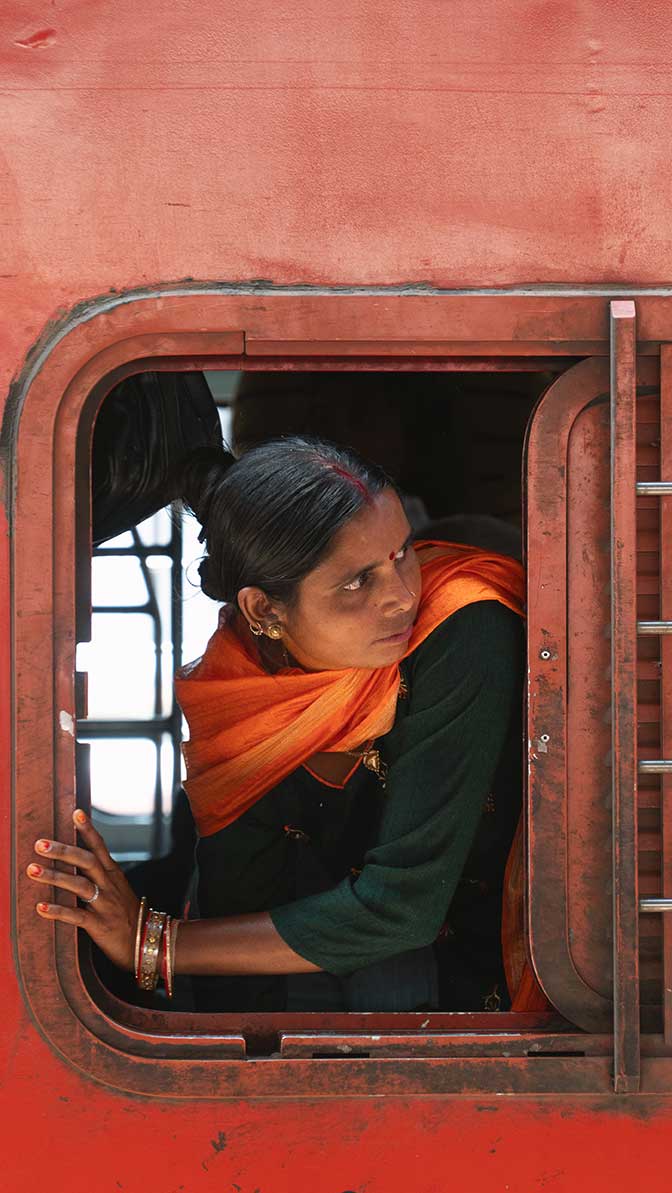
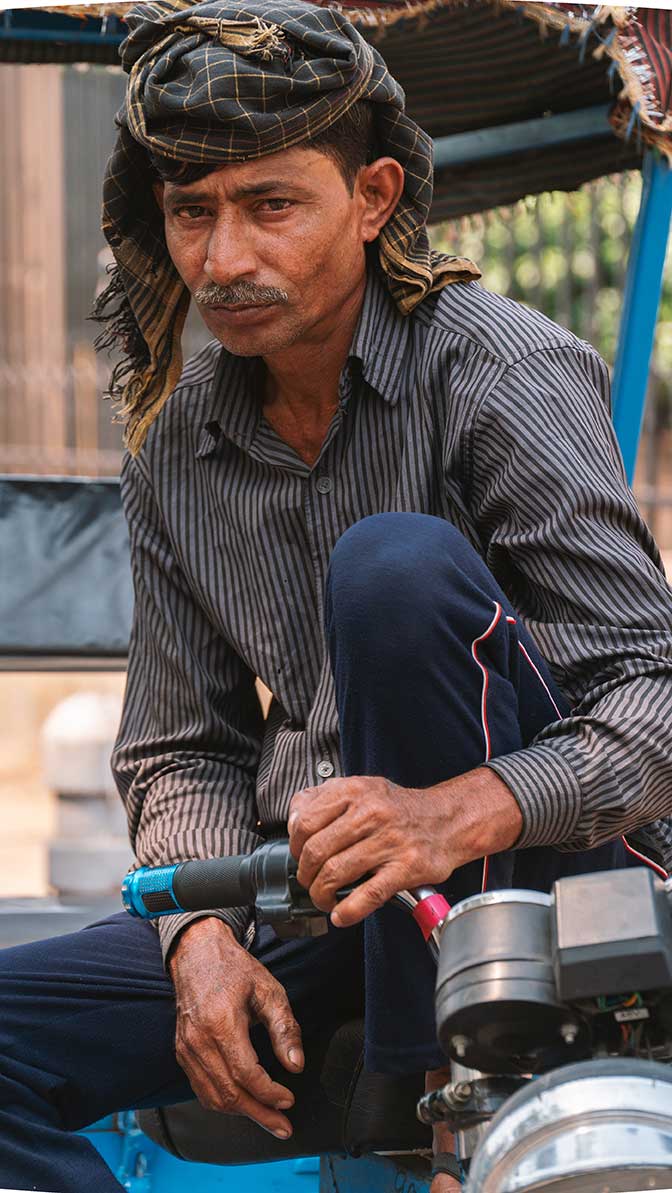
At cremation sites, whether in Nepal or India, Agoris are often encountered. They are monks who worship Lord Shiva and engage in ascetic practices such as tobacco, alcohol, meat consumption, and communication with corpses. However, what you will most likely see in 90% of cases is a costumed individual earning a living imitating an Agori.
After all, cremation sites attract numerous tourists, and where tourists go, money follows.
One of the most stunning symbols of Nepal and Buddhism is the stupas. Stupas hold profound spiritual significance and serve as places of prayer, meditation, and worship for Buddhists. Passing by one of the most famous stupas in Nepal – Boudhanath – with my camera, I encountered a vast number of praying individuals. No one paid any attention to me, allowing me to capture some of my best shots in Nepal.
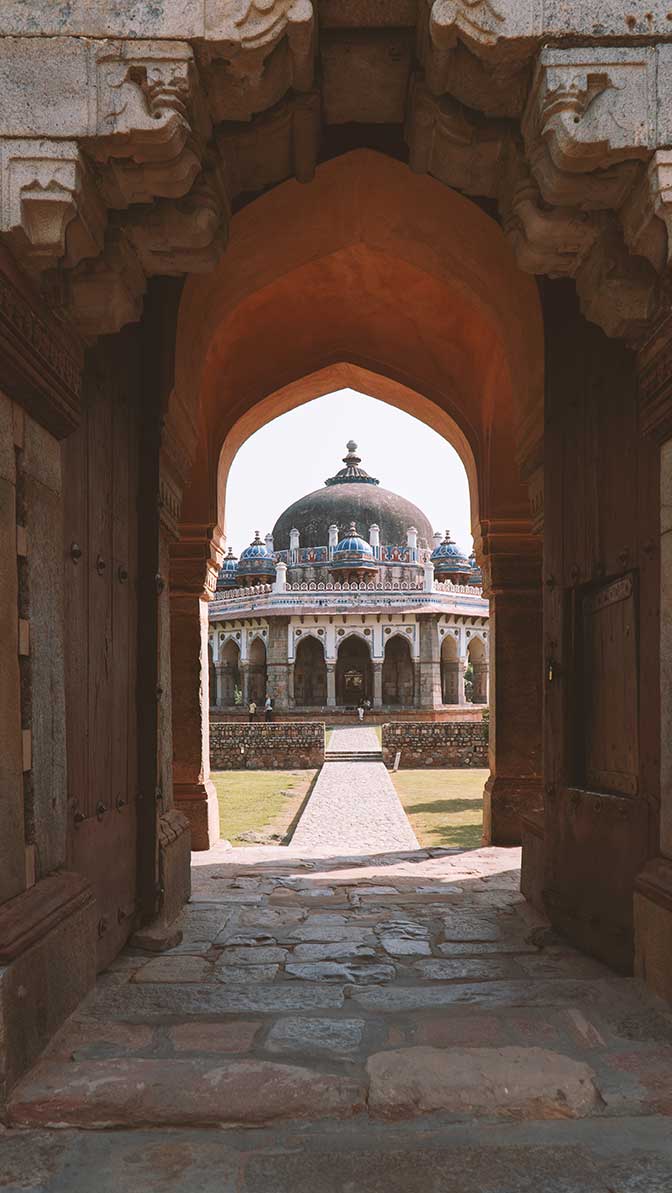
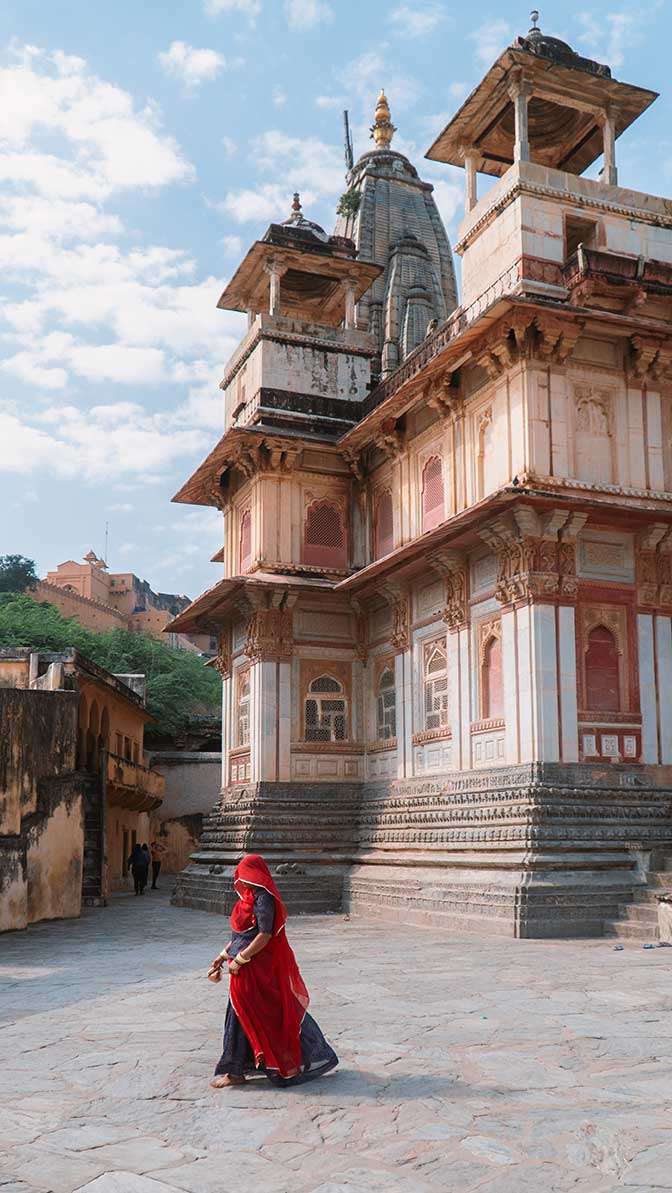
“When visiting magnificent temples and palaces with well-kept grounds, you eventually leave them, and all the brilliance you saw a few minutes ago disappears, leaving you alone with the real India.”
-Artem Khazov
Here, I’d like to make a brief digression for a comparison between India and Nepal. While conversing with my Nepali acquaintance and describing the country, he shared an interesting phrase: “In India, they want to show you something, but in Nepal, they simply recommend it.” This statement best encapsulates the comparison between these two countries. It’s particularly crucial for a photographer. Why? In Nepal, people are indifferent to what you photograph and where, except in monasteries, where it’s better to ask for permission. In India, you are always in the spotlight. People want to show you the best places to shoot, where groceries are cheaper, or the finest restaurants. However, remember to pay for their assistance in the end.
I believe Nepal can be discovered from various perspectives. This time, I aimed to observe how residents in large cities live.
I hope that in my next journey to this country, I will explore the mountains and the people who assist climbers in conquering the planet’s highest mountain – Everest.

